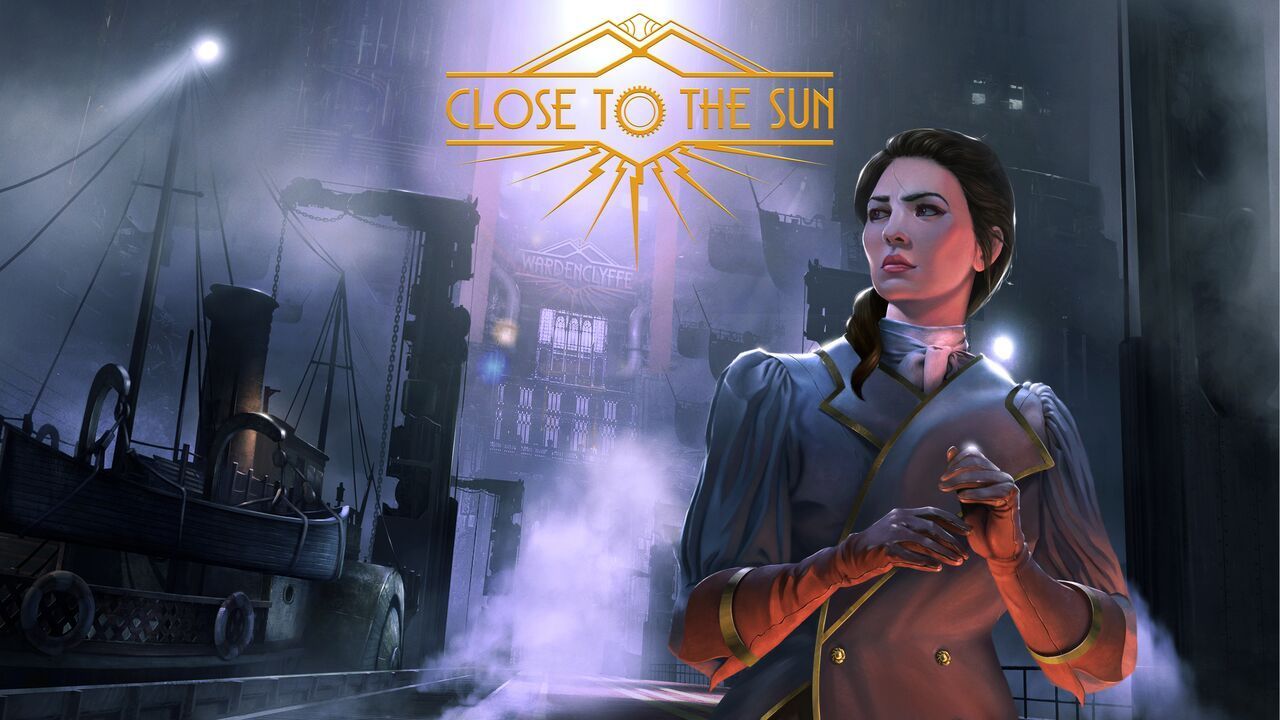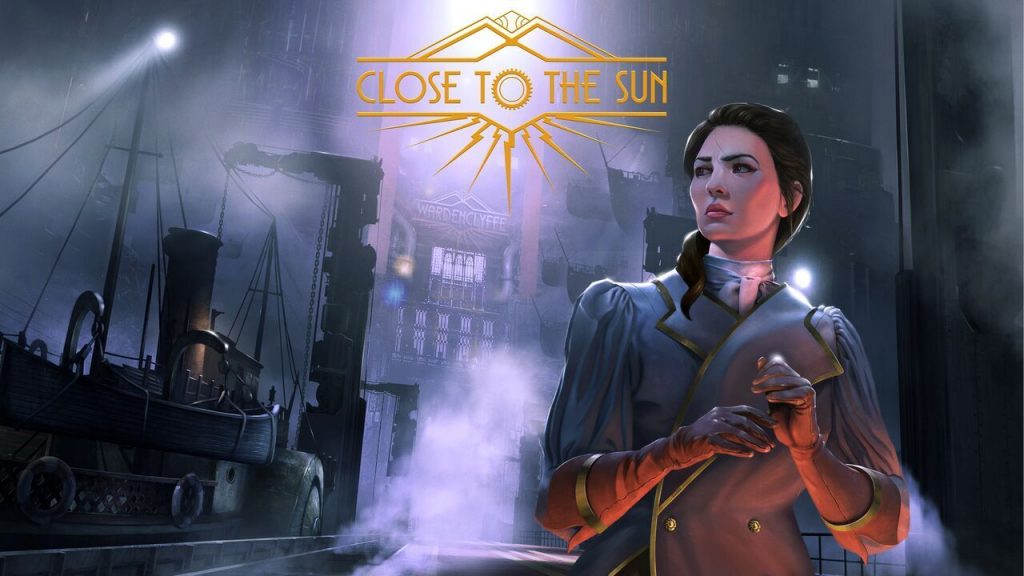
This article originally ran under a different banner/website in May of 2019 and is now being here re-uploaded for purposes of convenience and consolidation. Please enjoy.
LADIES AND GENTLEMEN!!! No words get me more excited than Bioshock inspired. Like a dog who heard their owner say any word remotely similar to walk, my ears perk right up and I immediately stop what I am doing. While I have long recognized the phrase as a cheap attempt at marketing, I can’t deny that it works for me. I have made countless purchases on games promising to encapture my imagination the same way the original Bioshock did, only to have those promises shatter before my very eyes. While knowing my only hope is to wait for creative director, Ken Levine’s next creation, I can’t seem to stop purchasing Bioshock-inspired games. The latest victim on the chopping block is Close to the Sun. Shall we dive into it?
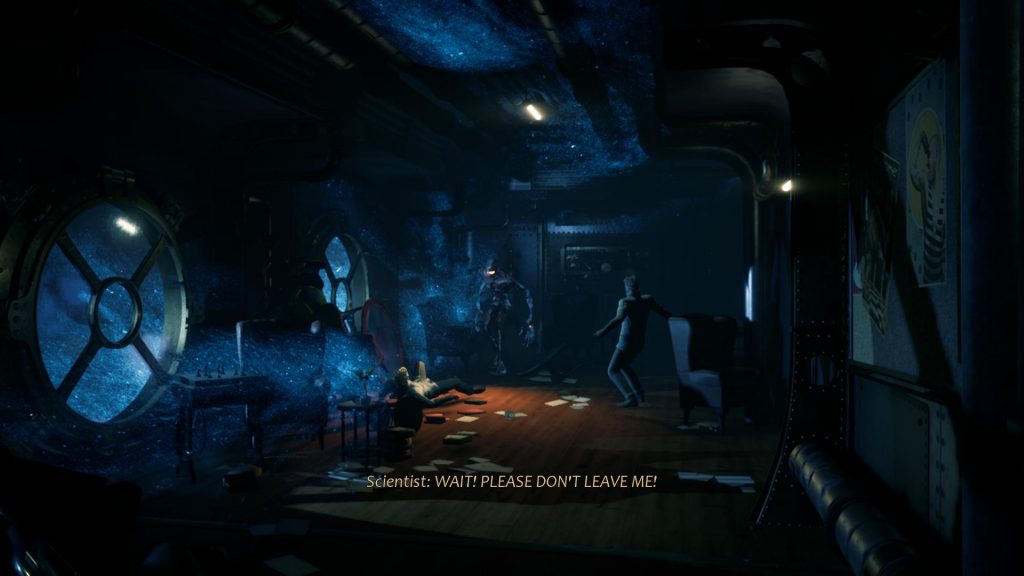
Close to the Sun is a tale in an alternate history where Nikola Tesla had charisma on par with his intelligence. With his newfound charisma and having been inspired by Andrew Ryan, he charters a veil to harbor engineers and scientists so they can experiment without being bound by petty moralities. You play as journalist Rose Archer, who has received a letter from her scientist sister Ada, asking her to venture into Tesla’s ship, The Helios. Similar to when Jack steps into Rapture, Rose soon realizes things aboard the Helios are not as they seem. She is able to make contact with Ada through a handheld radio and guides you through various locations in the Helios. Throughout your journey, you’ll encounter electrical ghosts similar to the ghosts Adam would cause you to see, monsters looking to kill you, crewmen who went crazy and even the great Nikola Telsa himself.
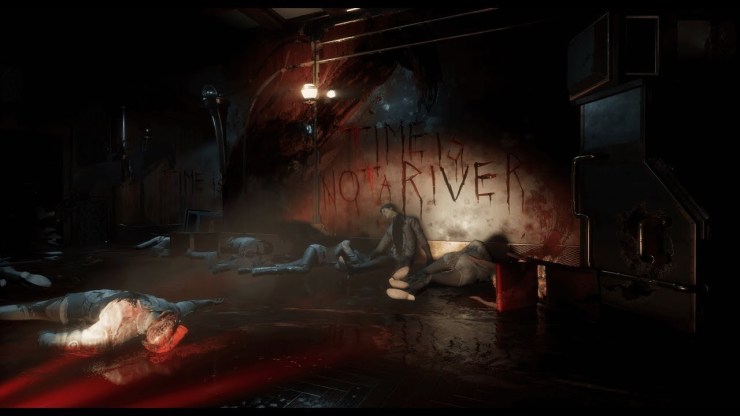
Unfortunately, this is where the Bioshock comparison ends, as Close to the Sun shies away from combat in favor of puzzles and chase scenes for gameplay. I would classify Close to the Sun as a walking simulator with a light peppering of puzzles mixed within. Most of the puzzles consist of finding codes and entering them into locks, but they try to mix it up. My favorite puzzle involved a lock that asked you to match symbols with the puzzle boxes located throughout the room. Unfortunately, Close to the Sun can be strict when it comes to when you can do certain puzzles. I remember seeing a room that I wanted to go into, but it was covered in electric wires. I knew I had to turn off the power to get into the room. The wires led to a room with the door already cracked over, but I wasn’t allowed in until I triggered a certain event. Something pretty frustrating when Rose walks at a snail pace.

When you are not exploring the Helios or solving some light puzzles, occasionally Close to the Sun will drop a crazed scientist or ravenous monster looking to hinder your progress on locating your sister. A chase scene similar to Outlast will occur. One could consider this a change of pace, these moments are plagued with the trial and error frustration. It is not always clear which way Close to the Sun wants you to run. I recall frequent moments where I took a turn leading to a dead end and the monster gleaming with the excitement of a cat who cornered a mouse. Many times I found the controls, specifically the one to jump, failing me in my hour of need. Some paths were contained waist-high debris that Rose has leap over, but more often than not, I found her refusing to leap over the debris and embracing the cold chill of death. The chase scenes in Outlast can be considered some of the highlights of the game, but here in Close to the Sun, they breed nothing but frustration and anger.
The more I dwell on Close to the Sun, the more I am reminded of another walking sim-styled game with light puzzles and chase scenes: Observer. While Close to the Sun is trying to be Bioshock, The Observer is trying to be Blade Runner. Both have relatively short time lengths, clocking in about 6 to 8 hours, and both cost thirty dollars each. I normally don’t hold a game’s length or cost against them, but Katana Zero is longer, cheaper and frankly contains exhilarating action that is more rewarding than any puzzle in Observer or Close to the Sun. I say pick up Katana Zero and Hotline Miami over either walking sim.
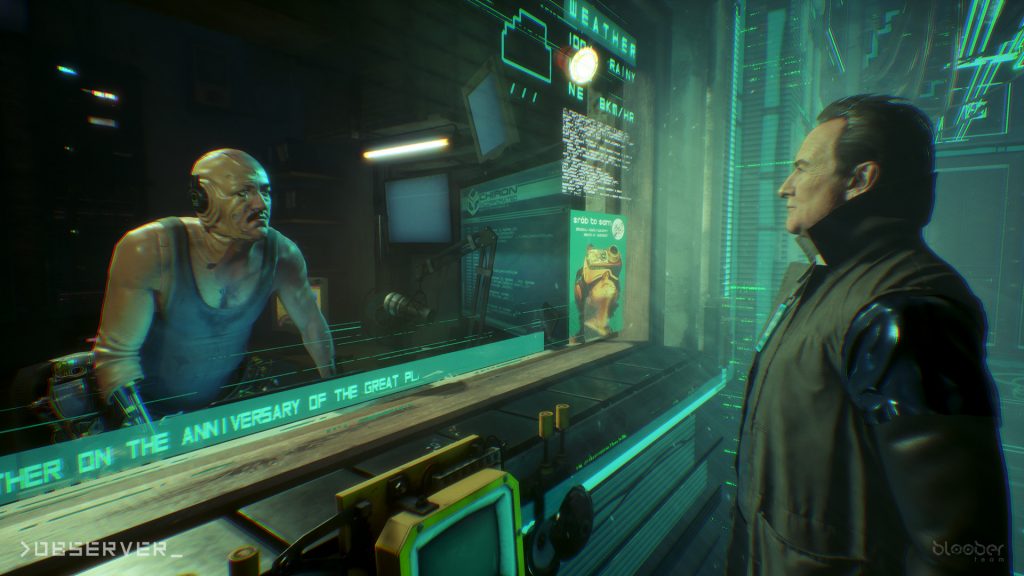
If you insist on something slower-paced, I would say get Observer over Closer to the Sun. The Observer is your stereotypical sci-fi detective game, the gameplay is much stronger. Being a detective game, Observer asks you to gather information from the tenants of a local slum. I am struggling to remember most events in Closer to the Sun, I remember a lot of these conversations within Observer. One I distinctly remember is a retired fighter who was given augmentations to improve his fighting, only for his manager to take them all back once he retired. While Observer stealthing around monsters scenes can have some trial and error to them, they were not as much of an offender as Close to the Sun. Never once did Observer provide me a path that would instantly get me killed as Close to the Sun did. What annoys me the most about Close to the Sun is how it is willing to ripoff set pieces from Bioshock, but not utilize one of the main reasons for Bioshock’s success: the gameplay and story are interwoven together. I have often argued Bioshock can only be experienced as a game. A book or movie would do no justice to Bioshock. I say merely glancing at a walkthrough ruins the experience. Close to the Sun’s gameplay is so weak, that it would almost be better experienced through a let’s play especially considering its asking price. Which frankly feels like the most insulting point of all. It feels like a child wearing its parent clothes and insists that allows them to drive. No, Close to the Sun, you cannot have my keys, you cannot drive my car, and you most certainly not have my recommendation.
